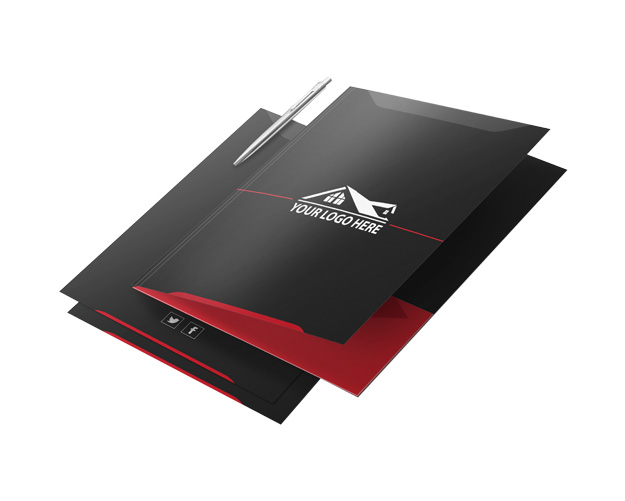
But in the business context the issue of organization is not simply a question of being orderly while at work, it is a matter of surviving. Among the most effective and quite ordinary organizational tools is a Business Folder, enabling organizations to organize documents in the right manner. Whether you are working with your client’s information, project information or even accounting information, developing a neat folder greatly reduces the time taken in searching for a certain document. Here are some tips that would facilitate the management of your Business Folder:
1. Categorize Documents Thoughtfully
The first step is to sort your documents neatly so that the information placed in rational sections will be reasonable. For Business Folder for example, possible general folders would be contracts folder, invoices folder, correspondence folder and project folder. If required, one could establish more folders within any particular category on the basis of its degree of specialization. For instance, under “Client Correspondence,” you may have “Client A,” “Client B,” “Project X,” etc. This model lets you easily find certain papers without having to wade through a pile of folders.
2. Use Descriptive Labels
Clear labels help to find the necessary materials and ensure that people who will work with the Business Folder will be able to do it easily. They should not include names like ‘miscellaneous’ or ‘important’ but should be descriptive like ‘2024 marketing campaign’ or ‘Q1 financial reports’ This way one does not go through several folders thinking whether this is the folder he or she is looking for or not.
3. Maintain Consistent Naming Conventions
It is particularly important to be proper and consistent with naming for maximum functionality of the Business Folder. Organization that is achieved through proper file naming also aids in the search when there is a large set of documents in an organization.
4. Prioritize Regular Updates
A Business Folder needs to be organized is not a one-time job or activity and it is a process. Ensure that you go through your folder from time to time and also update it. It means to discard unnecessary files, archive finished work and make sure that newspapers are properly filed. If your folder is going to be useful, its content should not accumulate through time; certain cleanup is necessary on a daily basis.
5. Implement Digital Tools
It is suggested that you employ technology to amplify the organization of your Folder Business. It is in this context that you can use programs such as Microsoft OneDrive, Google Drive or Dropbox to create and to navigate through online folders. As such, people cherish such platforms since they may support options such as search, tag, and version control that can enhance the organization of documents and have access to them remotely.
6. Secure Sensitive Information
When your Business Folder consists of the sensitive data, security issues have to be prioritized. In the case of physical folders, one may use lockable cabinets or other secured places. For the offline physical folders, make sure you use the best passwords, encryption you can and access limitations. It is recommended to back up your information stored in digital devices on a frequent basis and be protected from cyber dangers.
7. Keep It Simple
In this case, the Business Folder concept is well captured and, in order to work efficiently, it should be designed very simply. It is also important not to go to an extent of having many sub-categories, or else just make extra categories that give a lot of detail. The idea here is to provide users with a simplicity of an interface that will let the design be self-explanatory rather than coming up with yet an ‘extra’ layer of the interface to conquer.
8. Use a Folder Template
For a more structured organization process there is a possibility to use the folder template. It also enables someone to create a systematic program for coding documents and avert deviation from one project to another. It also allows you to change the templates to one that suits your needs to reduce the time that is taken to set up new Business Folders.
9. Encourage Team Collaboration
In case you operate in a team to work on the project, make sure all members know about the structure of the Business Folder. Ensure that there are set rules and recommended practices concerning file transportation and sharing are as well directed to be followed. Sharing drives, using the collaborative tools, etc, can assist in using the same format each time keeping the entire look organized.
Conclusion
If you want your organization system to remain workable, you need to frequently review it.
Last of all, remember to check on the organization of your Business Folder system once in a while. Feedback should be given by users of the website and the changes to be made depending on the feedback given.
This means that there are changes that you have to embrace as you run your business to enable better organization. Routine auditing assists in guaranteeing that your system is performing optimally and is up to date in the current needs.
By considering these tips, it will be easy for one to turn the Business Folder into a more professional tool that would increase the general performance. In the manual operations or when digitized the concepts of proper storage, proper labeling, and file management can never go wrong for any business.